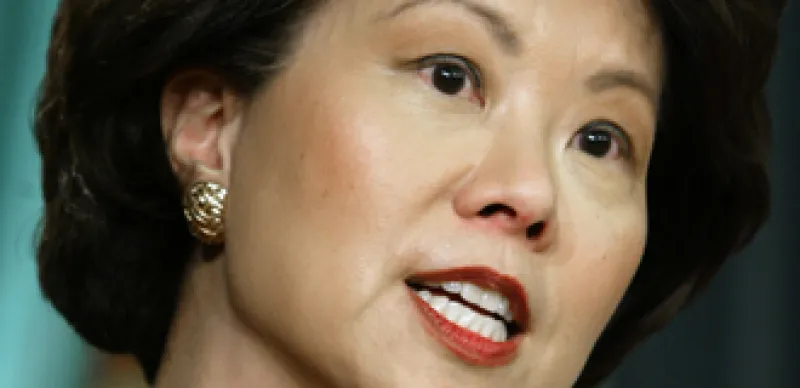Here’s the most important thing that the financial and retirement worlds need to know about the Labor Department’s proposal to revise the definition of “fiduciary”: Stop panicking.
Money managers, brokers, record keepers, and other vendors who work with retirement plans contend that the phrasing of the proposal is so broad and unclear that it will make plan sponsors unnecessarily suspicious of them. These providers claim they will have to watch every word, because anything they say could inadvertently put them in a fiduciary role. Why, clients might even think they are trying to sell something.
“We are concerned that the proposed rule will have significant unintended consequences and will significantly disrupt established service practices, severely limiting the ability of plan sponsors and other designated fiduciaries to obtain the information and support that they have come to expect from their service providers,” T. Rowe Price wrote in one of the typical comment letters flooding the Department of Labor.
Pension plan officials share some of those concerns, although they also think their vendors are overreacting. “If I’m a plan sponsor, I want great clarity around who is a fiduciary, who isn’t, and what my responsibilities are,” says Robyn Credico, a senior consultant at Towers Watson.
To be fair, vendors admit that it’s probably reasonable for the Labor Department to update a rule that was written in 1975. “Thirty-five years ago we didn’t even have participant-directed 401(k) plans,” points out Larry Goldbrum, general counsel of the SPARK Institute, a trade group for record keepers.
The Labor Department proposes “more broadly defining the circumstances under which a person is considered to be a ‘fiduciary’ by reason of giving investment advice” to either a plan or individual participants. One major change would be that a vendor could be a fiduciary based on one incident of advice-offering, whereas the current law requires that advice be proferred on a “regular basis.” Furthermore, no longer would both sides have to have a “mutual understanding” that any advice “will serve as a primary basis for investment decisions.”
In the decades since the rule was written, the Labor Department says, new types of advisors have emerged who “significantly influence the decisions of plan fiduciaries” without falling under the official definition. Thus, these advisors “may operate with conflicts of interest that they need not disclose.”
To put it another way: Plan sponsors need to remember that the firms plying them with employee education booklets, manager analytics, stock market insights, cute little online tools, and other information are doing this to make money. They are not the sponsors’ BFFs.
But critics contend that the new rules sweep in too many activities — possibly even standard types of participant education — under the rubric of fiduciary. That could make vendors legally liable for poor returns if plans or participants make investment decisions using information that was never meant to be followed line by line. In self-protection, Goldbrum of SPARK predicts, “a lot of service providers are going to say, ‘I can’t run the risk that after the fact, someone is going to say I’m a fiduciary.’ They will limit the amount of information and education they provide.”
Credico of Towers Watson says this could hurt plan sponsors. “There’s some pretty good stuff that I’d hate to see sponsors lose,” she says.
Moreover, providers will undoubtedly raise fees to cover the increased potential liability – perhaps triple or quadruple, by one expert’s calculations. Officially, the Labor Department estimates that it will cost providers around $2 million per year for implementation, compliance, and review.
For all the worrying, there is zero chance that the proposals will be adopted as written. Any such government proposal to change existing rules is always followed by official comments, unofficial discussions, and revisions. In this particular case, the Labor Department has already extended until April 12 the “comment ‘period” during which industry can respond, and agency officials have said they don’t want the rewrite to mean higher fees for participants.
Meanwhile, plan sponsors can best protect themselves by getting information from lots of reliable sources, reading carefully, using common sense, and always keeping in mind the sources’ probably motivations. And that’s advice that works for anyone, any time, with or without a government regulation.
Fran Hawthorne is the author of the award-winning “Pension Dumping: The Reasons, the Wreckage, the Stakes for Wall Street” (Bloomberg Press) and “Inside the FDA: The Business and Politics behind the Drugs We Take and the Food We Eat” (John Wiley & Sons). She writes regularly about finance, health care, and business ethics.






